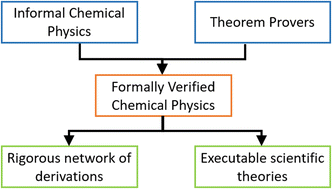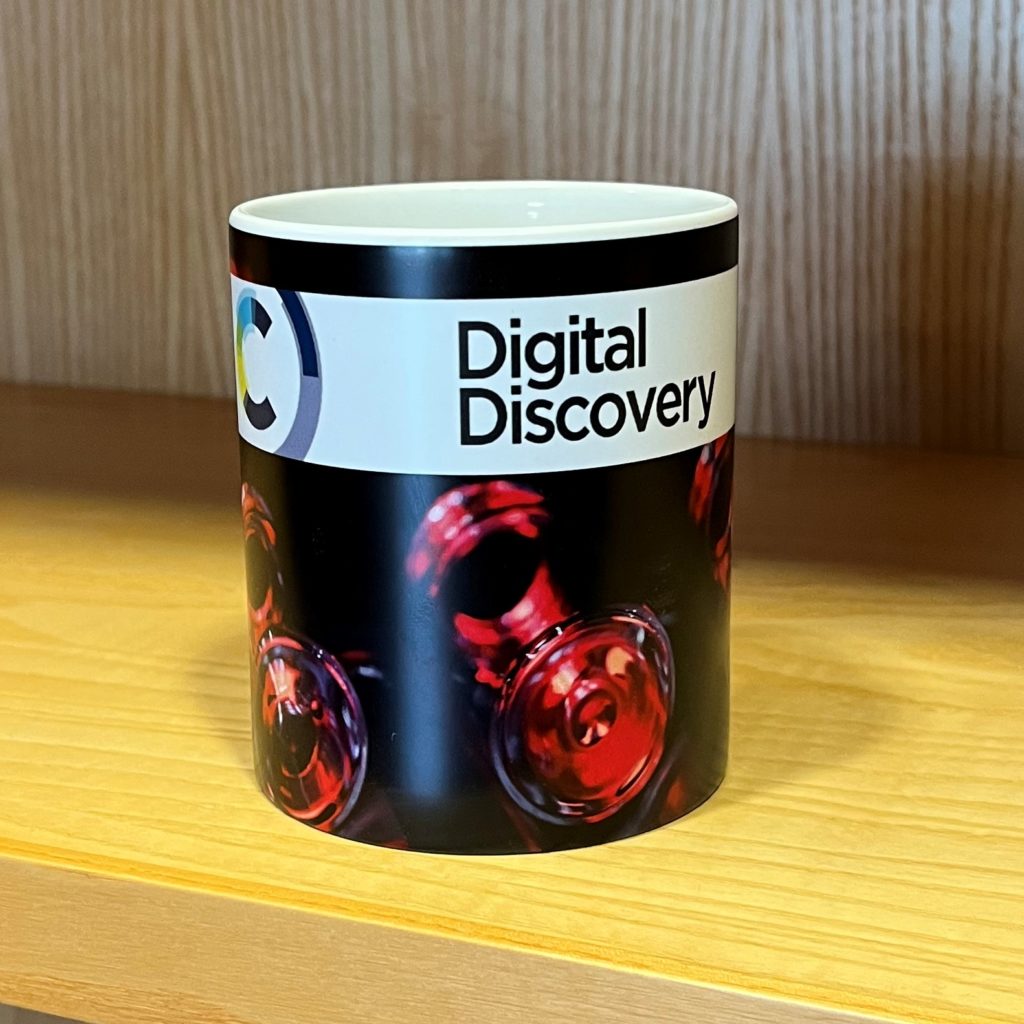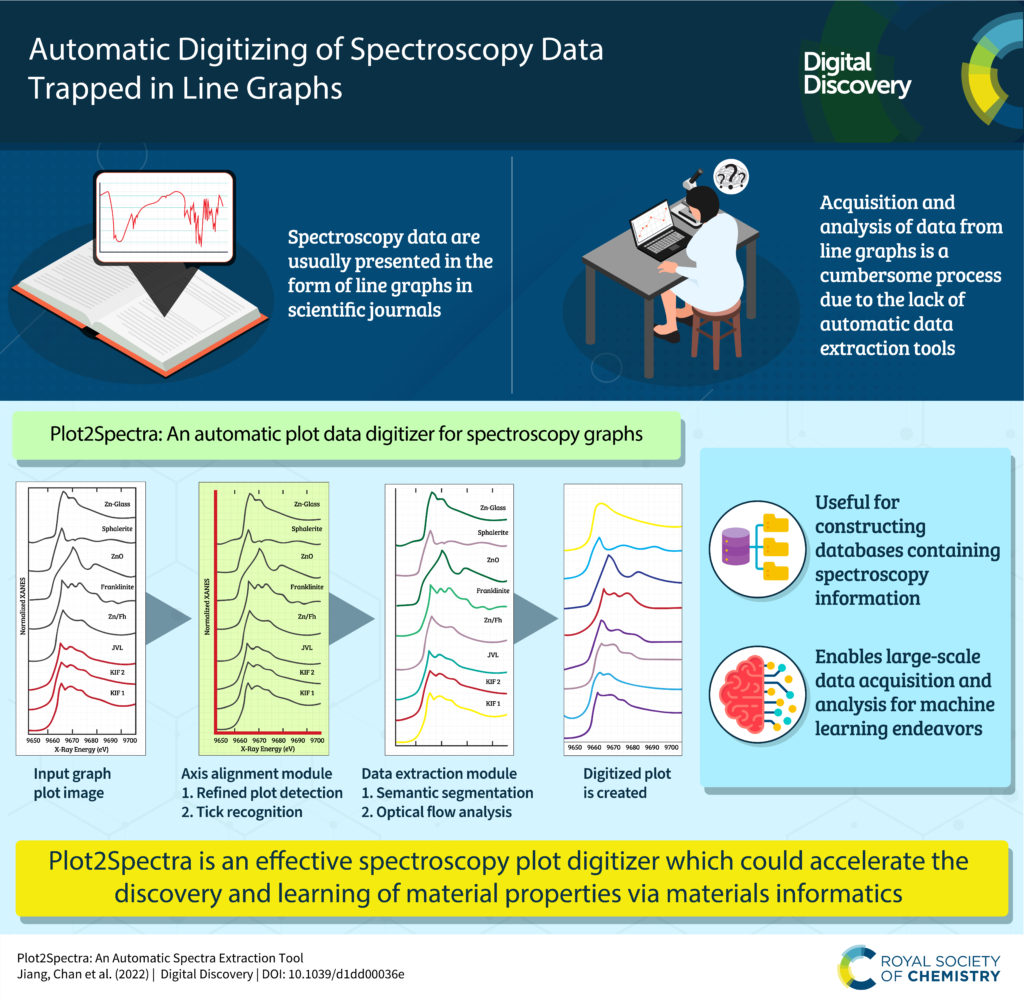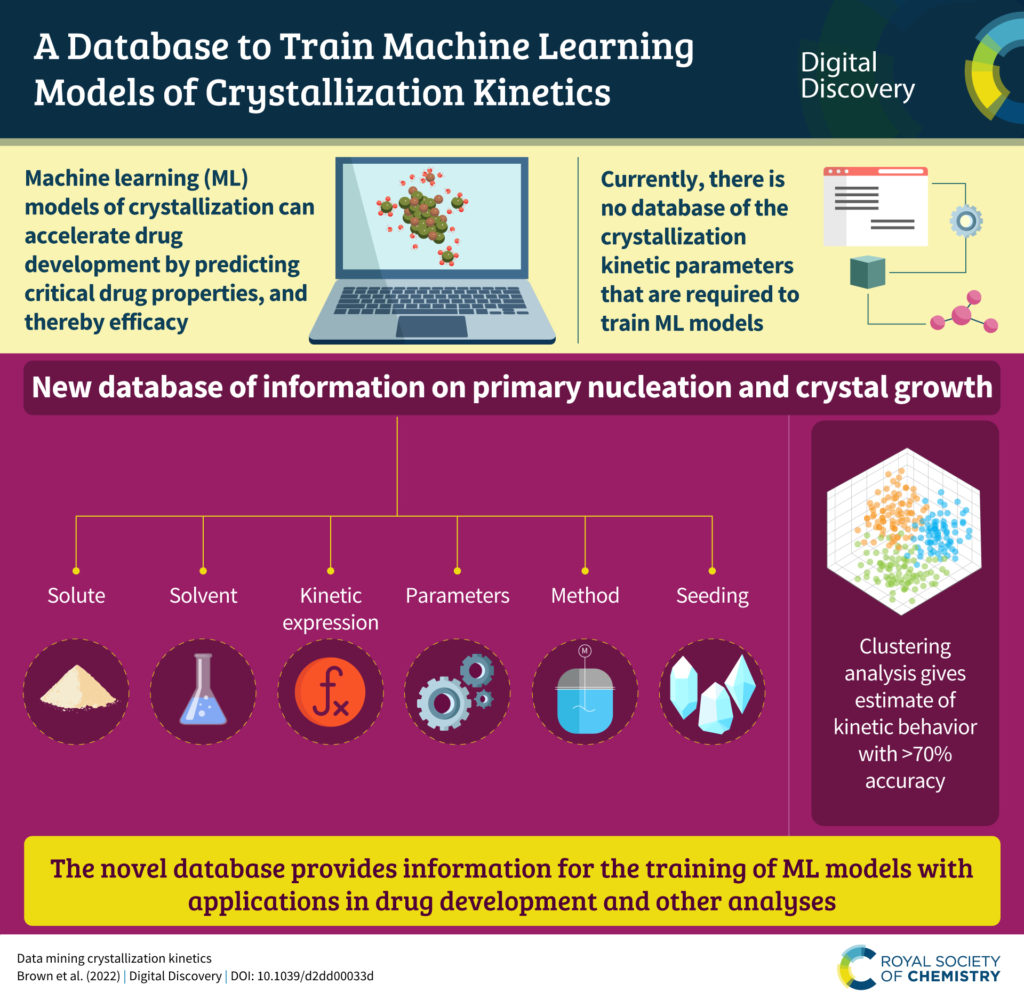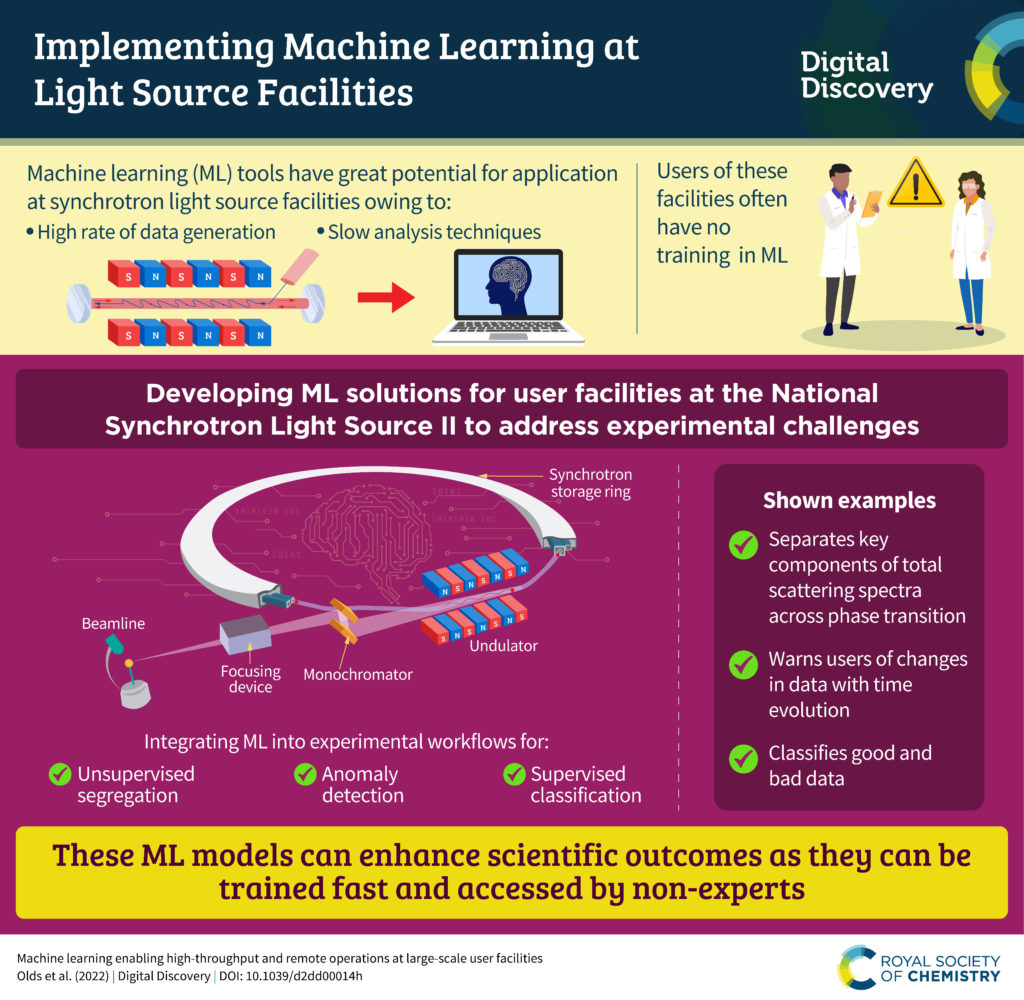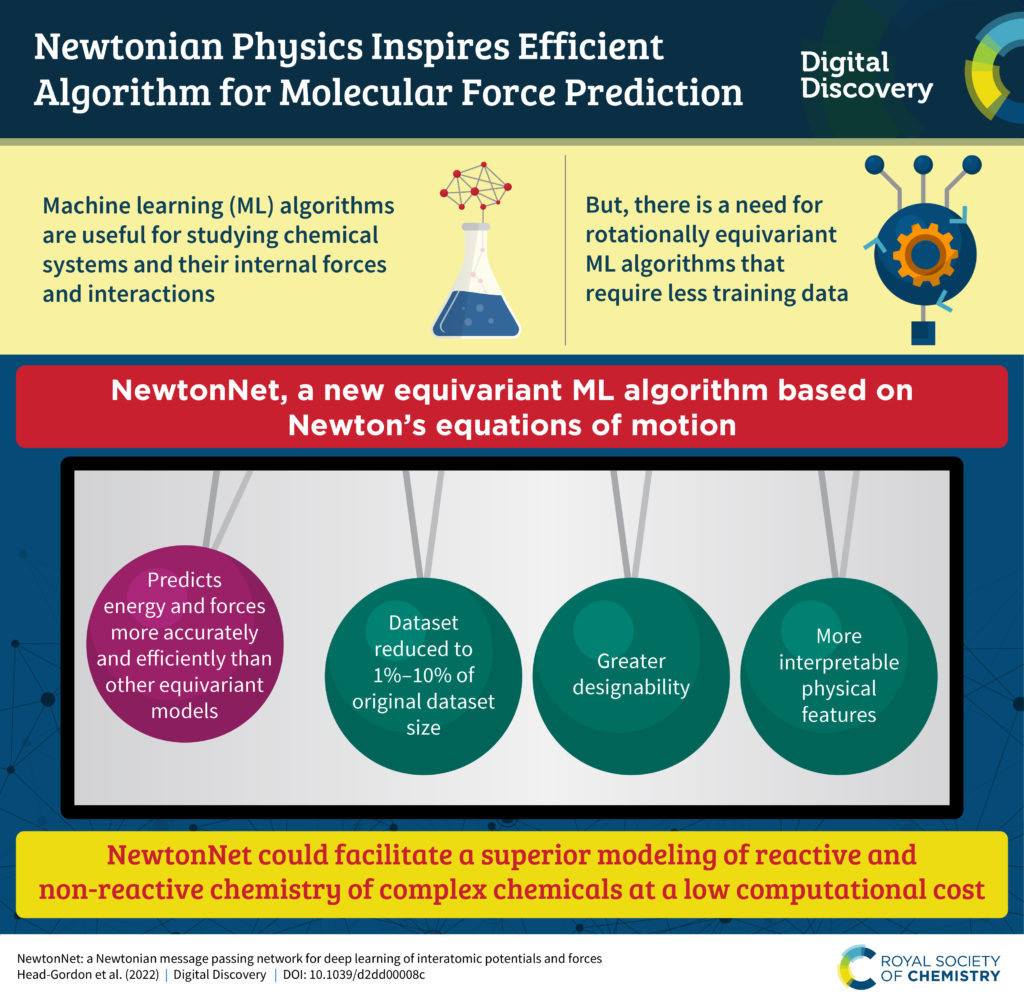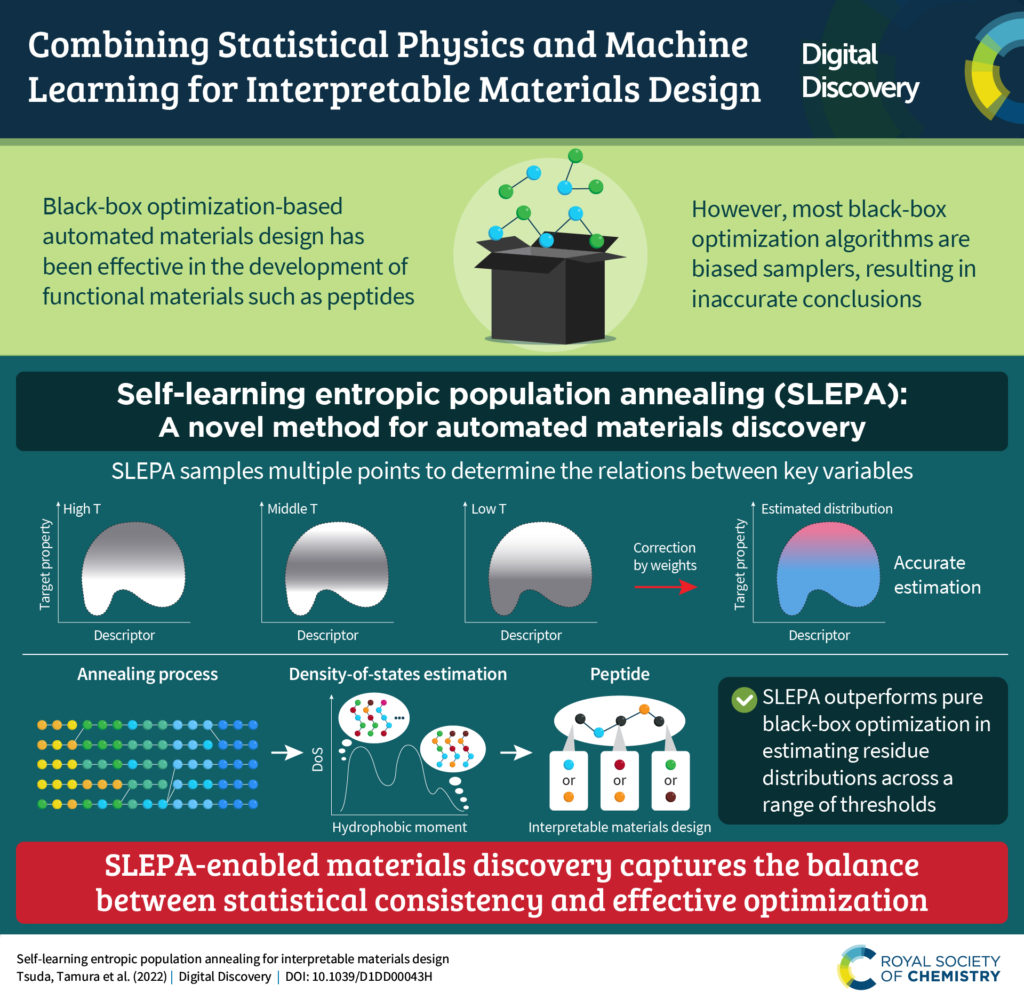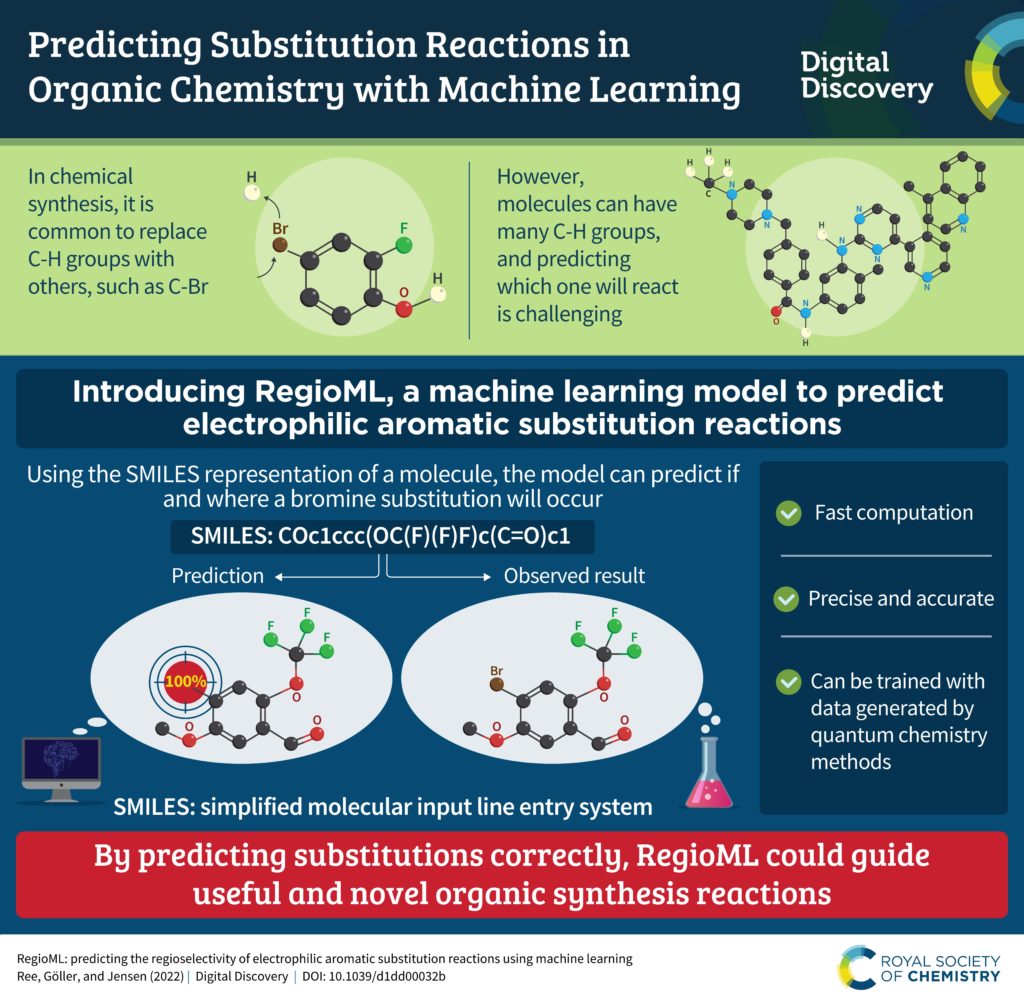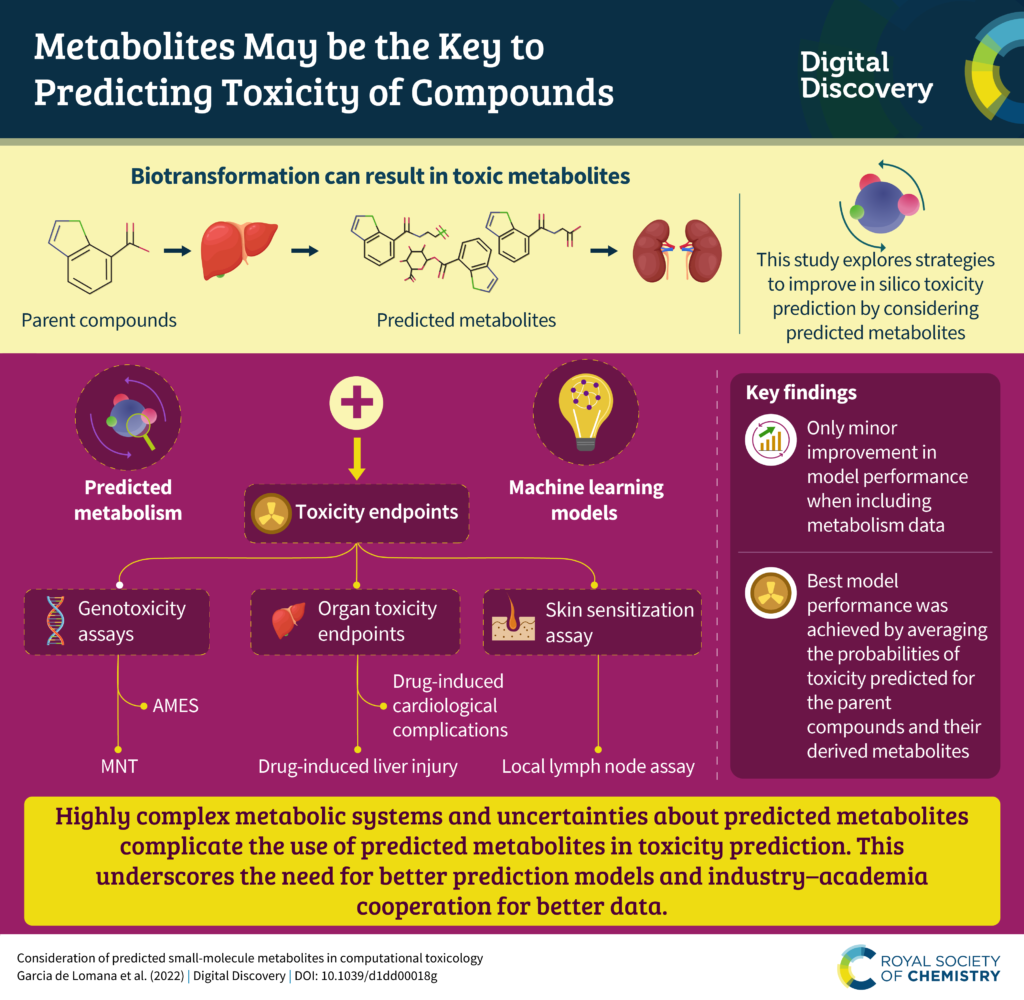Digital Discovery is pleased to introduce a new article type, “Commit”, a mini article for dynamic reporting of incremental improvements to previous scholarly work. This new type of article allows the community to share changes to work published in Digital Discovery articles, whether this is one’s own work or another’s. We see Commits as citable articles describing the changes made to a project, which could be a full manuscript, or an open hardware or software project published in the journal.
Some examples of Commits could include:
- Hardware articles: a device which has the same motivation and use but has an improvement in capabilities or construction.
- Software articles: addition of features or improvement of capabilities.
- Data: incorporating additional data while keeping the underlying schema the same (for example, new data which has been added since the last article).
Commits are expected to be shorter than a full article, although there is no rigid page limit. We expect that most of the improvements will be present in associated code/data repositories or supporting information associated with the work.
To find out more about preparing, submitting, and citing Commit articles, read our Editorial at DOI: 10.1039/D4DD90053G. We welcome queries or comments by email to the journal’s Editorial Office at digitaldiscovery-rsc@rsc.org.


